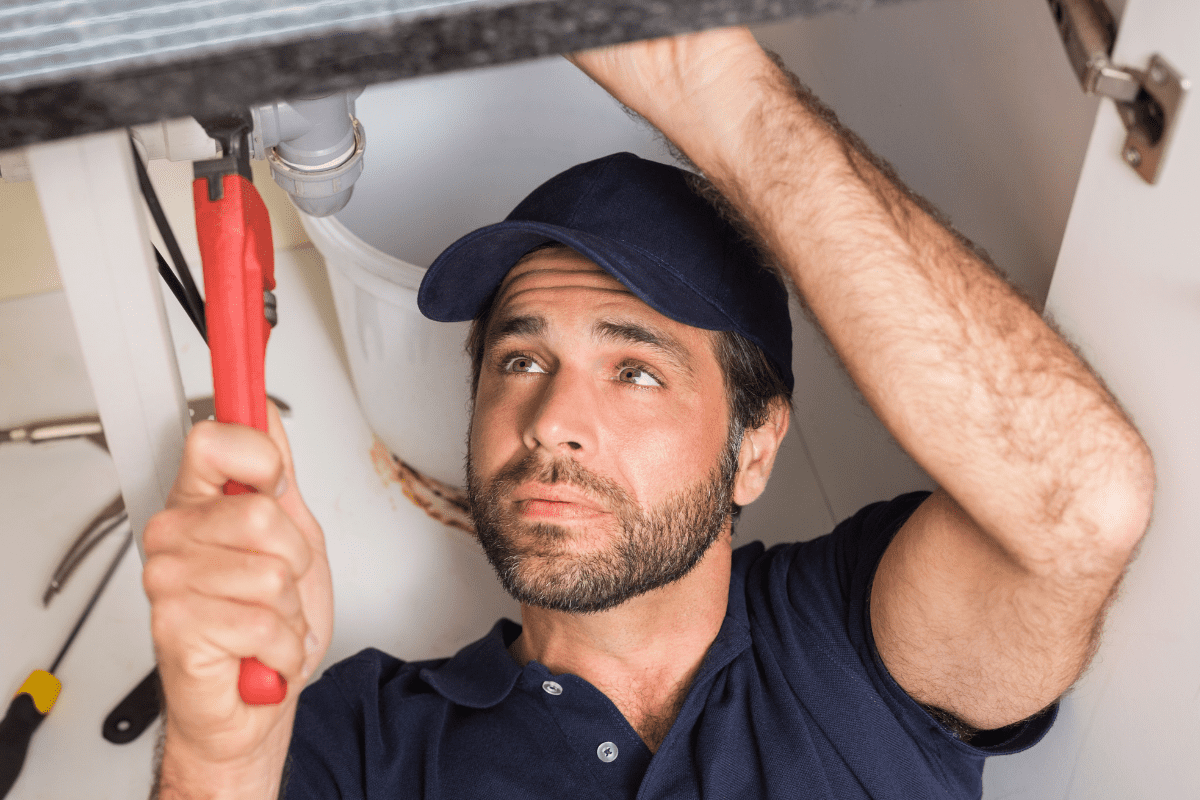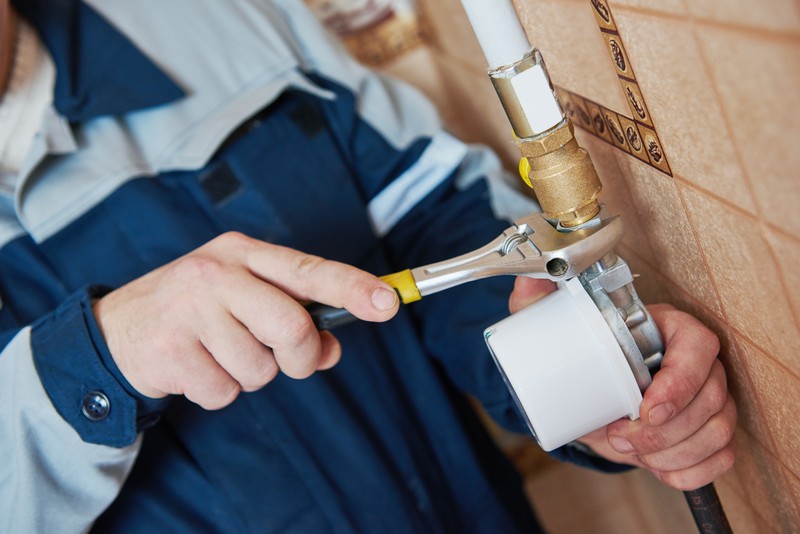The of Plumbing: Trends and Innovations Approaching
The of Plumbing: Trends and Innovations Approaching
Blog Article
Are you interested in tips involving The Future of Plumbing: Trends and Innovations to Watch?

Intro
The plumbing market is going through a transformative stage driven by technological improvements and expanding worries for sustainability and efficiency. This short article checks out arising trends and developments forming the future of plumbing.
Regulatory Landscape
Governing frameworks play an essential duty in shaping the fostering of pipes developments, with standards and codes regulating every little thing from water performance to item safety. As technologies continue to develop, regulatory bodies need to adapt to make sure consumer protection and ecological stewardship.
Future Overview
The future of plumbing is identified by continued development and integration with other markets such as IoT, renewable energy, and building automation. By embracing sustainable techniques, leveraging emerging modern technologies, and prioritizing user-centric design, the plumbing market is positioned to deal with the evolving demands of society while minimizing its environmental footprint.
Enhanced Truth in Pipes
Increased Fact (AR) technology is reinventing plumbing by supplying technicians with real-time aesthetic guidance for troubleshooting and fixing jobs. AR-enabled wise glasses or mobile applications overlay electronic details onto the physical setting, helping plumbing technicians picture pipeline designs, identify covert leakages, and carry out fixings with accuracy.
Influence of 3D Printing
The development of 3D printing has presented brand-new opportunities in producing plumbing components. From custom-designed components to intricate pipe installations, 3D printing permits quick prototyping and on-demand manufacturing, reducing lead times and making it possible for better customization in plumbing design.
Health and Safety Qualities
In feedback to enhanced issues for health and safety, pipes components are integrating features such as antimicrobial surfaces, touchless operation, and self-cleaning devices. These innovations not only improve health yet likewise advertise customer convenience and comfort.
Hygiene-focused Components
Touchless taps, self-sanitizing toilets, and antimicrobial surface areas are becoming significantly common in property and business settings, lessening the danger of bacterium transmission and advertising a cleaner, much healthier setting.
Water Quality Tracking
Advancements in water quality monitoring innovations enable house owners to keep an eye on the purity and safety of their water system in real-time. Smart water quality sensing units can spot contaminants, pH levels, and temperature level variations, encouraging individuals to take proactive actions to make certain water safety.
Remote Plumbing Providers
Remote diagnostics and online assistance are revolutionizing the method plumbing services are delivered. Through video conferencing and remote gain access to modern technologies, plumbing technicians can repair issues, provide support for DIY repair services, and also do remote examinations, supplying higher accessibility and convenience to property owners.
Challenges and Opportunities
While pipes technologies hold enormous guarantee, they also present obstacles such as information personal privacy issues, regulatory conformity, and the demand for workforce training. Resolving these challenges needs collaboration between market stakeholders and governing bodies to guarantee risk-free and liable execution of brand-new technologies.
Smart Plumbing Equipments
Including smart technology right into pipes systems makes it possible for remote surveillance, leak detection, and automated upkeep. Smart sensing units and IoT (Internet of Points) tools enable homeowners and plumbers to keep track of water use and identify issues in real-time, causing extra effective source monitoring and proactive upkeep.
Water Efficiency Solutions
With raising emphasis on water preservation, cutting-edge options are being created to reduce water waste in pipes systems. High-efficiency components, greywater recycling systems, and clever irrigation controllers are among the technologies assisting consumers decrease their water footprint while maintaining convenience and ease.
Sustainable Materials
The shift towards sustainability includes plumbing materials, with an expanding preference for eco-friendly alternatives. Eco-friendly piping materials, such as PEX (cross-linked polyethylene) and HDPE (high-density polyethylene), offer longevity and resistance to corrosion without endangering environmental stability.
Anticipating Upkeep
Anticipating maintenance methods leverage data analytics and machine learning formulas to expect and prevent plumbing issues prior to they occur. By evaluating historical information and efficiency metrics, predictive upkeep formulas can determine patterns and anomalies, enabling proactive interventions to avoid costly repair services and disturbances.
Final thought
To conclude, the future of pipes is defined by a convergence of technology, sustainability, and user-centric design. By embracing wise options, sustainable materials, and aggressive maintenance practices, the pipes sector can enhance efficiency, advertise security, and contribute to an extra lasting future.
Plumbing Technology Trends 2024: Shaping a Sustainable and Efficient Future
Plumbing Technology: A Beacon of Innovation
Intelligent Plumbing Systems: The adoption of smart plumbing solutions offers unparalleled control over water usage, preventing waste and ensuring optimal efficiency. These systems can be installed by qualified contractors and may require technicians with expertise in new codes for proper functionality. Eco-Friendly Piping: Innovations in piping materials, like PEX and recycled content options, are making plumbing systems more sustainable. These materials are not only better for the environment but also durable and flexible, making them easier to install and less likely to need repairs. Automated Leak Detection: New plumbing technologies include systems that can automatically detect leaks. This is a big deal because it means we can fix them before they cause a lot of damage or waste too much water. It’s all about catching problems early and saving resources. Energy-Efficient Water Heaters: There’s also a big push towards devices that use less energy. This includes solar and tankless models, which provide hot water only when it’s needed, cutting down on energy use and costs. Plumbers: Champions of Sustainability
Adopting Green Practices: Contractors who specialize in sustainable plumbing can ensure your system meets the latest regulations and utilizes efficient valves. They undergo comprehensive training programs that emphasize sustainability in practices like eco-friendly installations. Water Conservation Efforts: Through the installation of high-efficiency appliances, plumbers are essential in reducing water consumption and promoting conservation. When repairing or replacing older fixtures, plumbers can recommend high-efficiency options that comply with local codes. Pipe: The Lifeline of Modern Plumbing
Innovative Pipe Solutions: The use of environmentally friendly and durable materials in pipes, like PEX and recycled content options, reduces the ecological footprint and enhances water quality. These innovative pipe solutions may require specialized repair techniques from qualified plumbers familiar with the materials. Advanced Leak Detection: Modern pipes are now more frequently equipped with sensor technology that can identify leaks early, conserving water and preventing damage. Early leak detection can save homeowners money on repair costs and potential water damage. Water Heater: At the Forefront of Efficiency
Renewable Energy Heaters: Solar heaters and other renewable energy-powered models are becoming more common, offering an eco-friendly alternative to traditional methods. These benefit the environment but can also potentially lead to lower water bills through reduced energy use. On-Demand Heating: Tankless heaters have gained popularity for their ability to provide hot water as needed, minimizing energy waste. This innovative technology eliminates the need for a large storage tank, freeing up valuable space and simplifying the installation process for qualified plumbers. https://intownplumbingtx.com/articles/plumbing-technology-trends/

Hopefully you liked our piece about 7 Plumbing Industry Trends You Need To Know. Thanks for taking the time to browse our piece. Enjoyed reading our content? Please share it. Help somebody else check it out. Thanks for taking the time to read it.
Call Report this page